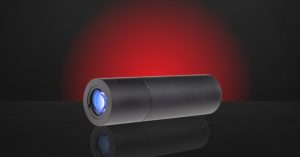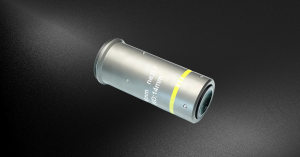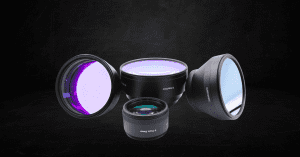Key Takeaways
- Wide-band tube lenses deliver high-performance imaging across 355–1700nm, enabling advanced microscopy and inspection.
- Core design challenges include chromatic aberration correction, distortion control, and thermal stability.
- By using optimized materials, negative distortion design, and precision engineering, these lenses achieve superior imaging quality.
- Applications span semiconductor inspection, life sciences, medical diagnostics, and industrial testing, with future innovations in AI-driven optical design and nanomaterials promising even greater performance and cost efficiency.
Design Challenges of Wide-Band Tube Lens: Overcoming Barriers in Chromatic Aberration Correction, Thermal Stability, and Distortion Control
I. What Is a Wide-Band Tube Lens and How Does It Work?
A wide-band tube lens is a critical component in advanced microscopy optical systems, positioned between a scanning mirror and an infinity-corrected microscope objective. Its main role is to magnify and project laser light distributed across the intermediate image plane by the scanning mirror, concentrating energy for efficient fluorescence excitation.
Unlike traditional tube lenses, a wide-band working tube lens maintains high optical performance across a broad spectral range (UV to NIR, typically 355–1700nm). This includes high transmittance, minimal aberration, and stable imaging quality.
Key Benefits:
- Supports ultra-wide spectral range (355–1700nm), covering ultraviolet, visible, and near-infrared regions.
- Allows insertion of optical elements (filters, beam splitters) without degrading image quality.
- Delivers near-diffraction-limited imaging with superior resolution and contrast.
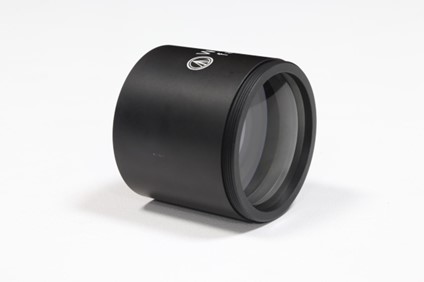
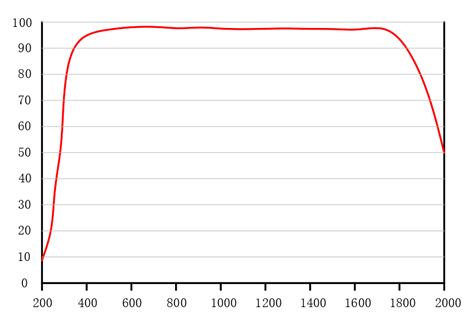
II. Technical Challenges in Wide-Band Tube Lens Design
1. Chromatic Aberration Correction and Material Selection
The greatest challenge is chromatic aberration correction, ensuring consistent focal points across multiple wavelengths. Different wavelengths refract differently, creating axial and lateral chromatic aberrations. Solutions:- Achromatic and apochromatic compound lens design: combining materials with complementary dispersion.
- High-transmittance optical glass selection: optimized for wide spectral ranges to minimize dispersion mismatch.
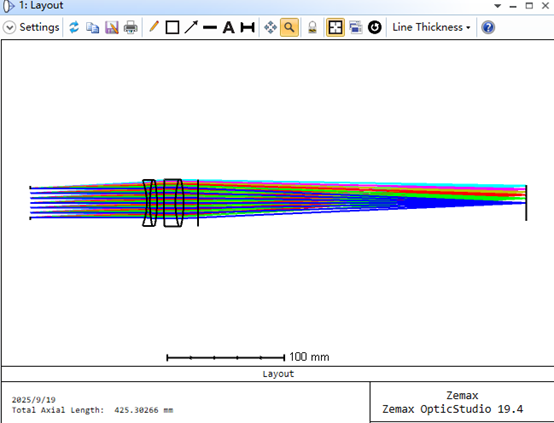
2. Distortion Control and Image Optimization
Distortion compromises image geometry, accuracy, and stitching. Standard objective lenses often introduce positive distortion, which worsens when paired with conventional tube lenses. Solutions:- Negative distortion tube lens design: offsets objective lens distortion.
- Improved image stitching accuracy: critical in semiconductor inspection and biomedical imaging.
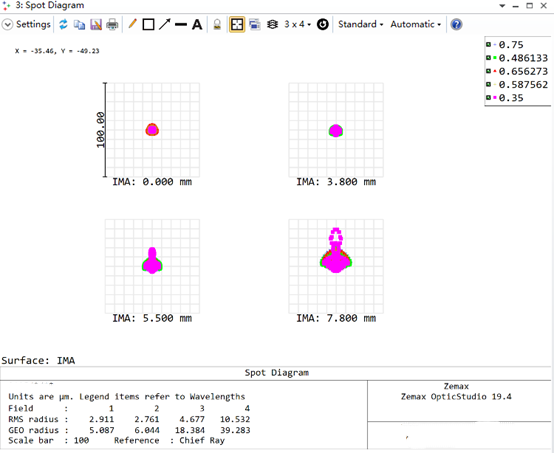
3. Thermal Stability and Mechanical Design
Wide-band tube lenses must remain stable under thermal fluctuations. Different materials expand at different rates, altering refractive index and alignment. Solutions:- Careful thermal expansion coefficient matching between optical and structural materials.
- Precision mechanical design: stress-relief mounts, stable fixation, and alignment accuracy.
- Separated lens configurations: enhance near-UV performance but require complex engineering.
III. Applications of Wide-Band Tube Lenses
1. Semiconductor Inspection and Material Analysis
- UV light (355–400nm): detects surface contamination and micro-defects.
- Visible light (400–700nm): structural and surface-level analysis.
- Near-IR (1000–1700nm): internal defect detection, wafer cracks, and doping uniformity.
- High-precision image stitching: enabled by negative distortion correction, essential in chip inspection.
2. Life Sciences and Medical Imaging
- Multiphoton microscopy (two-photon & three-photon): enables high-resolution, 3D fluorescence imaging in neuroscience and biology.
- Medical endoscopy and diagnostics: supports narrowband imaging for mucosal structures and vascular pattern analysis, aiding early disease detection.
3. Industrial Testing and Scientific Research
- Industrial inspection: supports long working distance, large numerical aperture, and multispectral analysis.
- Food and pharmaceutical testing: rapid impurity detection using UV-Vis-NIR imaging.
- Advanced microscopy research: vital for confocal, Raman, and fluorescence systems requiring broad-spectrum operation.
IV. Conclusion
Wide-band tube lenses are indispensable in modern microscopy, combining broad spectral coverage (355–1700nm), chromatic aberration correction, and thermal stability to deliver high-precision imaging.
They enable breakthroughs in semiconductor inspection, life sciences, medical diagnostics, industrial testing, and advanced scientific research.
As optical materials, nanotechnology, and AI-driven lens design continue to evolve, wide-band tube lenses will achieve broader coverage, improved performance, and cost efficiency, ensuring their role as a cornerstone of next-generation optical systems.
Looking to enhance your optical system with advanced wide-band tube lenses? Contact Avantier today to discuss custom designs and solutions tailored to your research or industry needs.
Related Content
GREAT ARTICLE!
Share this article to gain insights from your connections!


